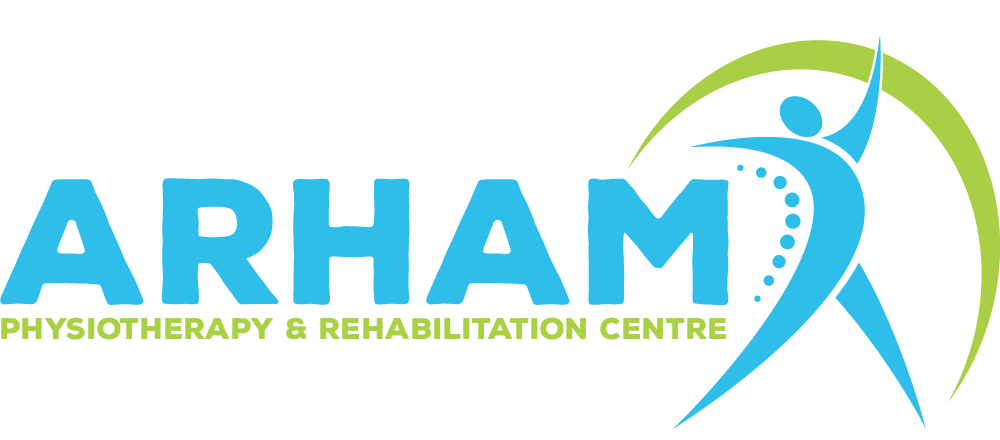Conditions Treated with Cupping Therapy: From Muscle Pain to Respiratory Disorders
In alternative therapies, cupping has emerged as a time-honoured practice for centuries. Originating from traditional Chinese medicine, The technique of cupping therapy entails applying a suction action to the skin using cups, drawing blood to the surface and promoting healing.
While its roots are ancient, its applications range from alleviating muscle pain to addressing respiratory disorders. This blog will explore cupping therapy’s efficacy in treating various conditions.
Muscle Pain and Tension:
The use of cupping therapy to alleviate muscle aches and pains has recently grown in favour. Enhanced blood circulation, made possible by the suction cups, allows oxygen and nutrients to reach the muscles more efficiently. This process aids in relieving muscle soreness, reducing inflammation, and promoting faster recovery after intense physical activities.
Chronic Pain Conditions:
People dealing with diseases that cause persistent discomfort, including arthritis or fibromyalgia, have found relief through cupping therapy. By targeting specific points on the body, cupping can help alleviate pain, improve joint mobility, and enhance the overall quality of life for those with persistent discomfort.
Headaches and Migraines:
Cupping therapy has shown promise in addressing headaches and migraines. By targeting the neck, shoulders, and upper back, cupping helps release tension in these areas, potentially reducing the frequency and intensity of headaches. It offers a non-invasive alternative for those seeking relief from debilitating migraines.
Respiratory Disorders:
Beyond its applications in musculoskeletal issues, cupping therapy has been explored as a complementary approach for respiratory disorders. Conditions such as asthma and bronchitis may benefit from cupping’s ability to improve blood flow and reduce inflammation in the chest. While not a standalone treatment, it can be a valuable adjunct to conventional medical interventions.
Digestive Issues:
Cupping therapy has also been employed to address digestive issues. Stimulating the digestive organs through targeted cup placement is believed to promote better digestion, alleviate bloating, and ease symptoms associated with conditions like irritable bowel syndrome (IBS).
Detoxification:
Proponents of cupping therapy often highlight its potential detoxifying effects. It is believed that the cups’ suction can remove metabolic waste and pollutants from the body, promoting a sense of rejuvenation and improving overall well-being.
Cellulite Reduction and Skin Health:
Cupping therapy has also been embraced as a cosmetic treatment to address cellulite and promote skin health. By enhancing blood circulation and lymphatic drainage, cupping may help break down fat cells responsible for the appearance of cellulite. The increased blood flow also contributes to better skin elasticity and a rejuvenated complexion, making it a sought-after therapy in holistic skincare.
Anxiety and Stress Relief:
The relaxing nature of cupping therapy makes it a potential ally in the battle against anxiety and stress. The gentle suction and release of the cups can put one into a deeply relaxed condition, alleviating tension in both the body and mind. Many individuals report feeling calmer and more centred after a cupping session, making it a valuable tool in managing stress-related symptoms.
Circulatory Disorders:
Cupping therapy’s ability to improve blood circulation is not limited to musculoskeletal benefits. It may also aid individuals dealing with circulatory disorders. By promoting blood flow, cupping helps manage conditions like Raynaud’s disease and enhance cardiovascular health.
Immune System Support:
There’s growing interest in the potential immune-boosting effects of cupping therapy. Cupping may help the body fight off infections by increasing the generation of immune cells and the movement of lymphatic fluid. While more research is needed in this area, the holistic approach of cupping aligns with the idea of promoting an overall wellness experience.
Insomnia and Sleep Disorders:
The relaxation induced by cupping therapy extends to its potential benefits for individuals struggling with insomnia and sleep disorders. Cupping techniques before bed might help you have a better night’s sleep by alleviating anxiety and fostering tranquillity.
FAQS:
Que: What is cupping therapy?
Ans: One alternative medicine that has been around for a long time is cupping therapy, which applies suction to the skin using cups. This suction promotes blood flow, improves circulation, and offers various healthy nights.
Que: Does cupping therapy hurt?
Ans: Cupping therapy is generally not painful. Most individuals describe it as a sensation of tightness or pulling. Individual preferences and comfort levels can be considered while adjusting the intensity.
Que: What conditions can cupping therapy treat?
Ans: Muscle discomfort, chronic pain, headaches, respiratory diseases, gastrointestinal troubles, cellulite, anxiety, stress, and many more illnesses have been successfully treated with cupping therapy.
Que: How long does a typical cupping session last?
Ans: A cupping session might be as short as fifteen minutes or as long as thirty. The length may depend on the specific conditions being addressed and individual preferences.
Conclusion:
As cupping therapy gains recognition in alternative medicine, its diverse applications underscore its potential as a holistic approach to health and well-being. While individual experiences vary, the centuries-old practice of cupping offers a multifaceted approach to addressing various conditions, from physical pain to stress-related ailments. Whether seeking relief from muscle tension or exploring complementary options for respiratory and circulatory health, cupping therapy is a versatile and intriguing avenue on the journey to holistic wellness.
